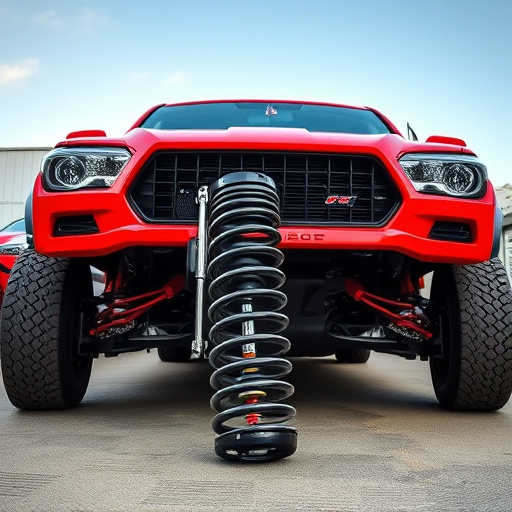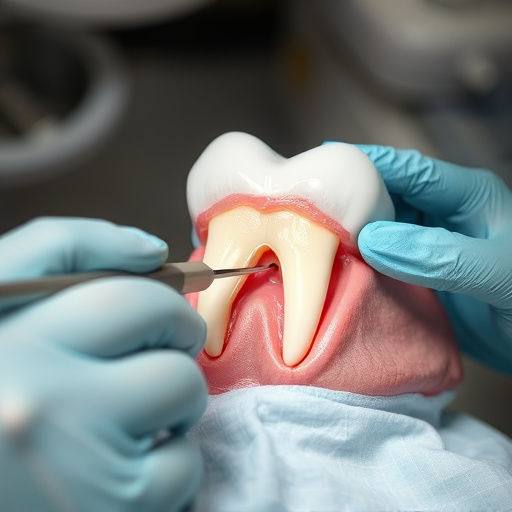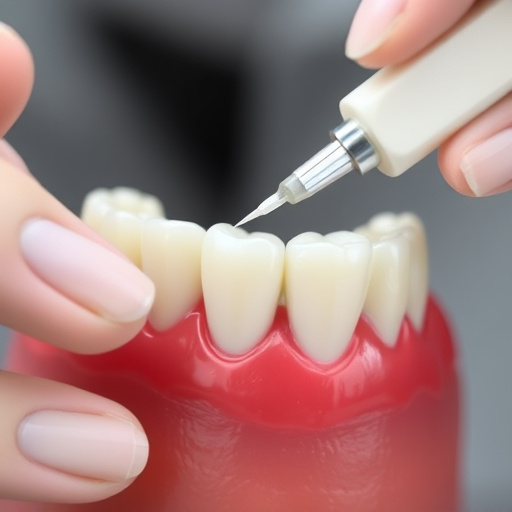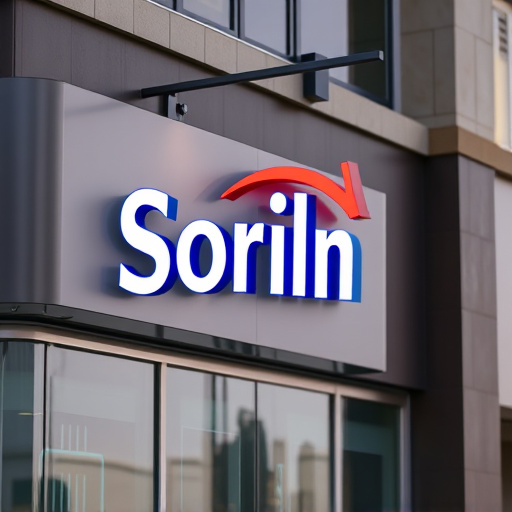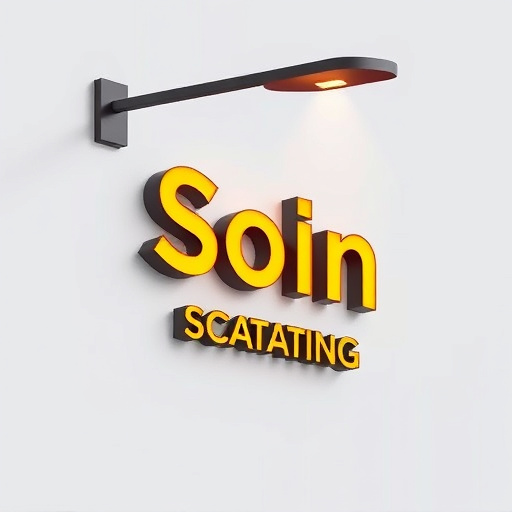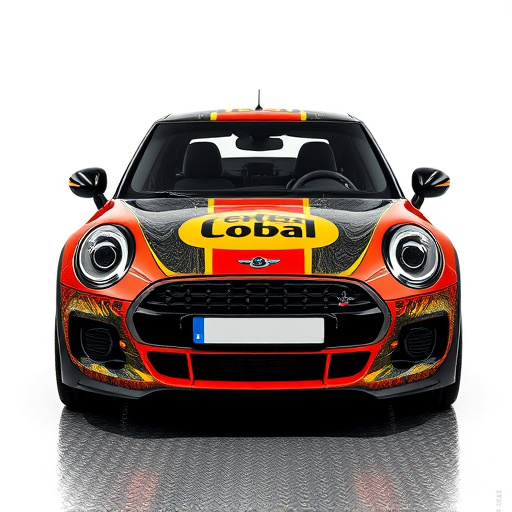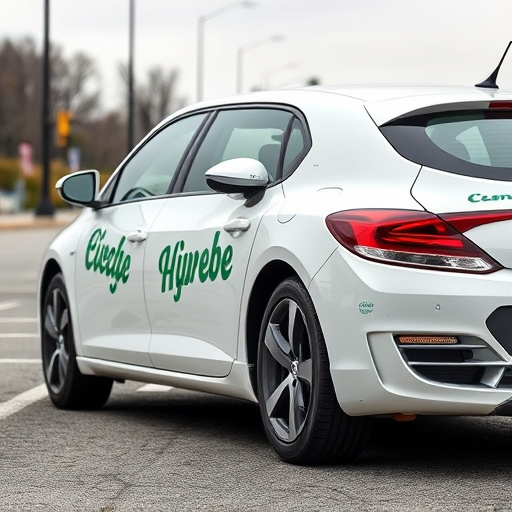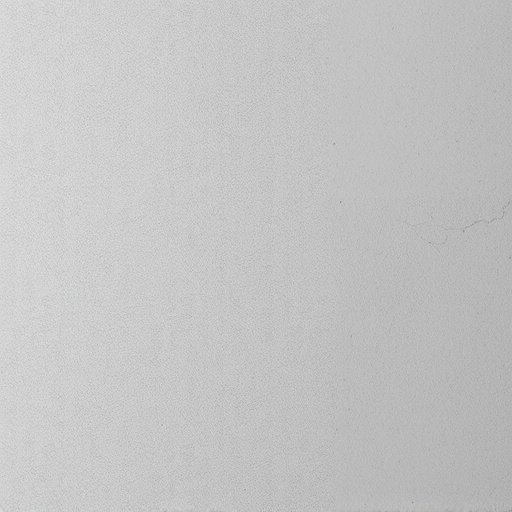Installing racing stripes enhances vehicle appeal with custom designs and materials like vinyl, painted application, or paint protection film (PPF). Options cater to aesthetic preferences, from classic combinations to neon hues, while also offering practical benefits like UV protection and aerodynamics. Informed choices ensure an appealing, durable, and functional installation that improves overall vehicle performance.
Looking to enhance your vehicle’s look with racing stripes but unsure where to start? This comprehensive guide addresses all your racing stripes installation questions. From understanding materials, design choices, and popular trends to mastering the step-by-step application process, we’ve got you covered. Additionally, learn about common issues like alignment challenges, air bubbles, and surface imperfections, along with expert troubleshooting tips for a flawless finish. Master the art of installing racing stripes today!
- Understanding Racing Stripes: Material and Design Choices
- – Types of racing stripes: vinyl, paint, adhesive strips
- – Popular colors and patterns: classic black and white, neon, custom designs
Understanding Racing Stripes: Material and Design Choices
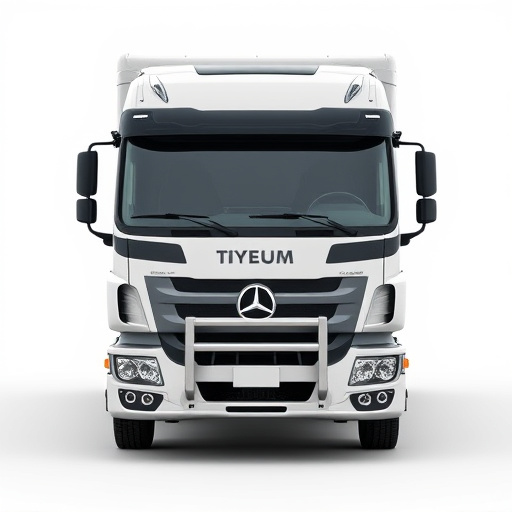
When considering racing stripes installation, understanding your material and design choices is crucial. Racing stripes are not just for show; they serve a dual purpose of enhancing performance through heat rejection and protecting your vehicle’s paint job with durable coatings. The first step involves selecting the right materials that offer both style and function. Custom vehicle wraps, for instance, provide a seamless, adhesive application that can mimic the look of traditional racing stripes while offering superior protection against UV damage and fading.
Additionally, protective coatings play a vital role in maintaining the integrity and vibrancy of your racing stripes over time. These coats not only safeguard the stripes from the elements but also extend the lifespan of your vehicle’s paint job. Whether you’re aiming for a classic look or a modern twist, making informed decisions about materials and design will ensure your racing stripes installation is both aesthetically pleasing and practical, enhancing your vehicle’s overall appeal and performance.
– Types of racing stripes: vinyl, paint, adhesive strips

When it comes to enhancing your vehicle’s aesthetics with racing stripes, there are several options available for installation. One popular choice is racing stripes vinyl, which offers ease of application and a wide range of color and design possibilities. These vinyl stripes adhere well to most surfaces and can be easily removed if desired, making them a preferred option for those looking to customize their cars temporarily or as a test before committing to more permanent changes.
Another common method is applying racing stripes with paint. This approach provides a more durable and long-lasting solution as the stripes become an integral part of your vehicle’s body color. Paint options include both standard paints and specialized ceramic coatings, which offer additional protection against UV damage and scratches. For those seeking a sleek, seamless look, paint protection film can also be used to apply racing stripes, offering superior durability and scratch resistance compared to traditional paint.
– Popular colors and patterns: classic black and white, neon, custom designs

When it comes to racing stripes installation, the choices are vast and varied. Popular colors often lean towards classic black and white combinations, offering a timeless look that enhances any vehicle’s aesthetic appeal. However, for those seeking more contemporary options, neon hues have gained significant traction in recent years, adding a vibrant pop of color to race cars and performance vehicles.
Beyond the conventional, custom designs are another popular option among racing stripe enthusiasts. These allow for unparalleled expression, catering to unique preferences and individual styles. Whether focusing on aesthetics, functionality through improved aerodynamics, or even scratch protection with professional window tinting and paint protection film (PPF) installation, the possibilities are virtually endless when it comes to racing stripes.
Whether you’re opting for vinyl, paint, or adhesive strips, understanding your racing stripe material and design choices is key to a successful installation. With popular colors like classic black and white, neon hues, and custom designs available, the options are endless. Remember, proper preparation of your vehicle’s surface is crucial for a long-lasting, seamless finish. By following these guidelines and seeking answers to common installation questions, you’ll be well on your way to achieving the racing stripe look you desire.



